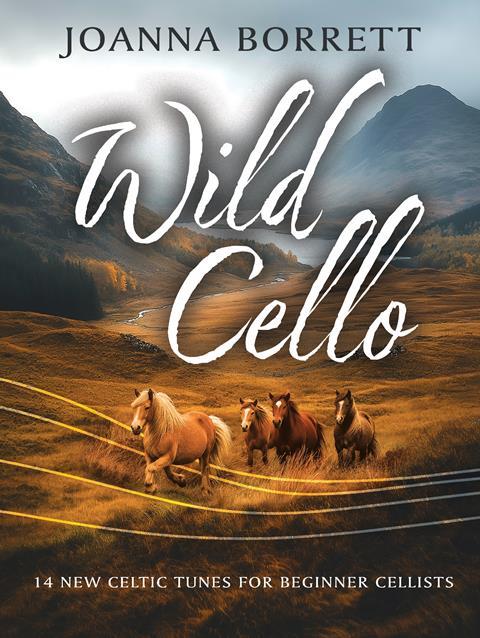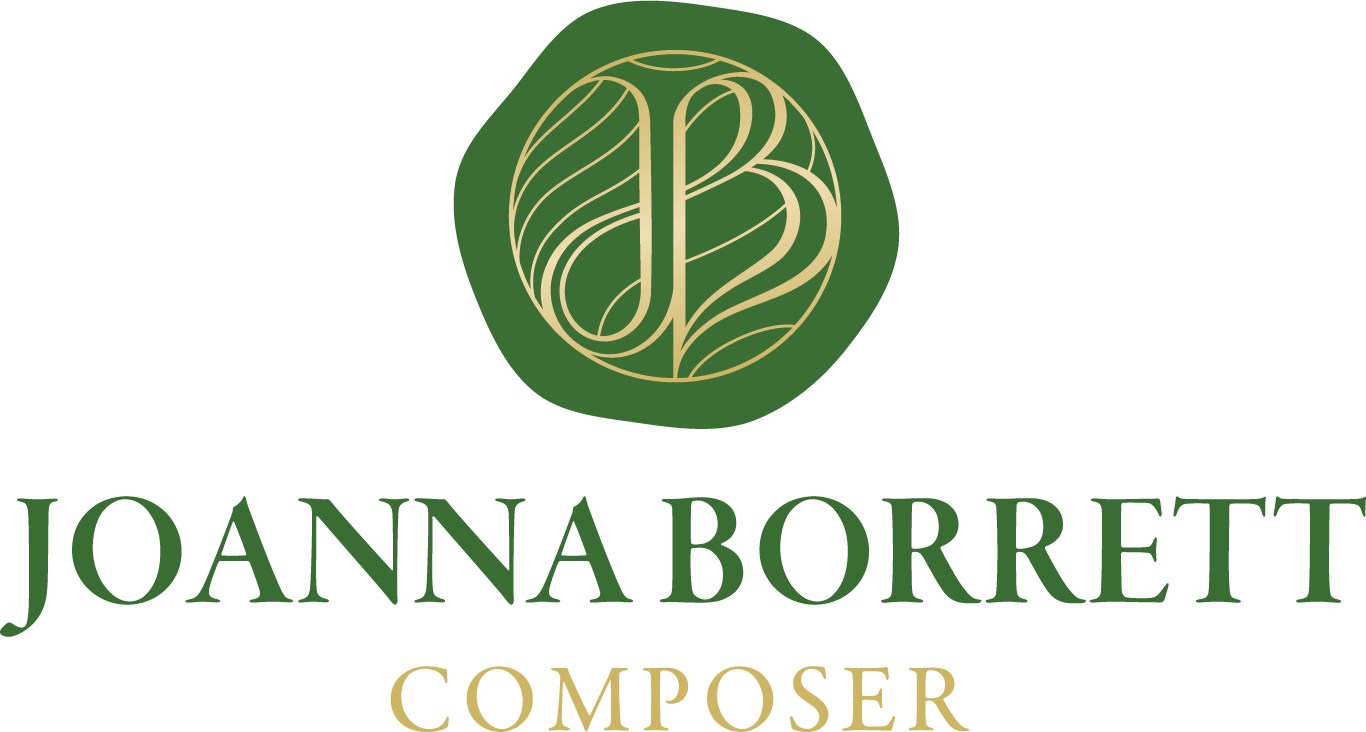Wild Cello is published today! Many thanks to the team at Kevin Mayhew Publishing for their continued support. Here’s the link to the article in The Strad:
Composer and cellist Joanna Borrett talks about her new beginner book, Wild Cello, which introduces folk tunes, special effects and improvisation to learners, ahead of its publication on 25 April

Read more Featured Stories like this in The Strad Playing Hub
Who doesn’t love the simplicity and beauty of folk tunes? When I worked as an ABRSM examiner it was the traditional unaccompanied song in the singing exams that was always the highlight of my day. So perhaps it’s no surprise that my first two cello and piano books – Folk and Beyond and Clan – are strongly folk-influenced and full of melody.
But Folk and Beyond and Clan are for cellists from Grade 4 upwards. With my third cello book – Wild Cello – I wanted to compose music that had a similar sense of narrative and folk connection, but was for beginners.
Celtic inspiration
Wild Cello contains 14 new tunes which build gradually from Grades 1-3. I wrote the music just after a holiday on the Isle of Mull. At the time my head was full of images of the sea and mountains and I wanted to create music that had a sense of place and evoked the wildness in nature. I also wanted the music to give beginners a feeling of freedom on their instrument and help empower them to create their own music and experiment with specialist effects right away.
Perhaps this is because, although I am a professional cellist, I have never found playing the cello that easy. I have happy memories of my own first cello lesson…the excitement of trying the open strings and my lovely teacher. But training as a professional in the classical world is different and can sometimes derail you from your own natural ability. I would love to be able to encourage beginners to build a relaxed confidence on their instrument that can’t be easily eroded.
Exciting effects from the first lesson
Wild Cello contains some special effects that can be tried in the very first lesson. These include pizzicato chords on open strings, natural harmonics, tapping the side of the cello, col legno, and pulling the bow over the string fast to make a thrilling sound. Some of the music uses modes which – being white note scales – require minimal extensions: a big help for cellists.
About the music
The opening piece – Tribe – has double stopping on open strings, which makes an exciting sound and is excellent for bow control. The second piece – Hush – has a harmonic on the last note, gently encouraging beginners to move out of first position right away. The third piece – Travelling by Wolf Light – is in the Aeolian mode and has the repeated use of one harmonic and tapping the side of the cello. The fourth – Rocking – has natural harmonics in one position throughout, which creates an eerie sound but is relatively easy to play. Rumbustious – No. 6 – has col legno on open strings; Revelry – No.8 – is a jig in first position with some pizz. Howl – No.11 – has the option of being played either as a cello solo, or with a very bare piano accompaniment, or as a cello duet; Untamed – No 9 – is based on two chords and has some repeated string crossing.
Easy improvisation from the start
In the fifth piece I’ve introduced an easy improvisation idea that cellists can try on their own, or play as a duet with their teacher. My aim was to help beginners realise that they can create their own tunes from the start. Understanding simple structures helps demystify composing and gives a real point to learning scales and arpeggios, apart from improving technique. I taught myself to play by ear and improvise in my fifties, so I know from experience how liberating it can be. However, if improvisation really isn’t your thing, it’s just one piece, and you can leave it out!

Beginner music for all ages
While most beginner books are aimed at children, Wild Cello is written for cellists of all ages. I have always enjoyed teaching adults and have often been impressed by their commitment and enthusiasm. If, like me, you are lucky enough to be introduced to classical music at an early age, it’s easy to take it for granted. But when you choose to learn a new instrument as an adult the process often has a very special significance. From my examining days I remember well the barrister who told me he got to work an hour early every day to practise the guitar, because he wasn’t allowed to practise in his flat; the woman who said that preparing for Grade 1 had encouraged her confidence after a divorce; the man who felt that learning the piano had helped him recover from alcoholism. Even today I find these stories humbling and they remind me that it’s human connection in music that is the most important thing.
New melodies for cellists
One of the aspects of composing that I love is that you can create your own world and let your imagination soar. The titles of the pieces in Wild Cello encourage players to bring their own imagery to the music, in the same way that they might when reading a book. But above all, I just want to write good tunes. I hope beginner cellists will enjoy the many new melodies that Wild Cello contains and that the music will give them confidence, pleasure and fun in the years to come.
joannaborrett.com
Wild Cello is published on 25 April 2025 by Kevin Mayhew
Recordings of all the pieces can be listened to here on YouTube.
